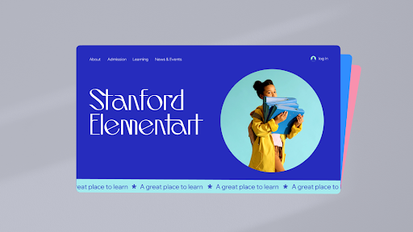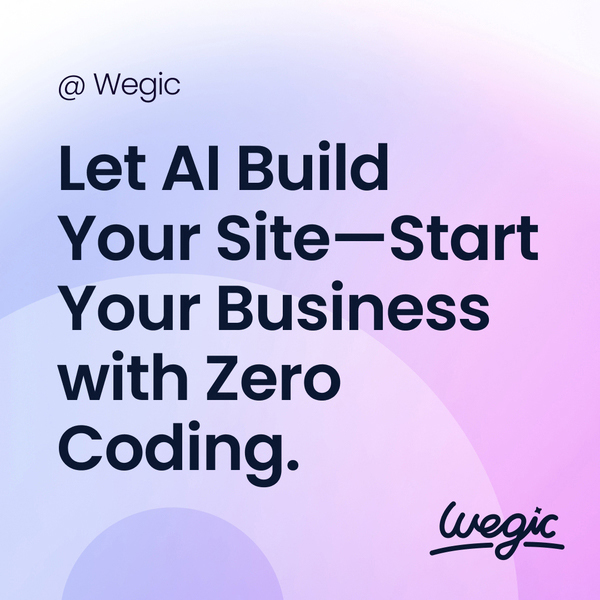Website Landing Page Design Best Practices
Website Landing Page Design
Website Landing Page Design
Building a website is a crucial step for businesses and individuals looking to establish their online presence in today’s digital age. However, one of the most common questions that arise when embarking on this journey is, “How much does it cost to build a website?” The answer to this question is not straightforward, as there are numerous factors to consider that can impact the overall cost of website development. In this article, we will explore the various elements that contribute to the cost of building a website.

Website Landing Page Design in 3 Steps
Website Landing Page Design
Web development can be broadly categorized into two main areas: front-end development and back-end development. Front-end development focuses on the visual aspects of a website, such as layout, design, and user interface. This involves using languages such as HTML, CSS, and JavaScript to create engaging and interactive user experiences. Back-end development, on the other hand, involves working with databases, servers, and application logic to ensure that a website functions properly. This often involves using languages such as PHP, Python, and Ruby.
One of the most important aspects of web development is responsive design. With the increasing use of mobile devices to access the internet, it is essential for websites to be optimized for all screen sizes. Responsive design ensures that a website looks and functions correctly on desktops, laptops, tablets, and smartphones. This involves using techniques such as fluid grids, flexible images, and media queries to create a seamless user experience across all devices.
In addition to responsive design, web developers also need to consider web accessibility when building websites. Web accessibility refers to the practice of making websites usable for people with disabilities, such as those who are visually impaired or have motor impairments. This involves using semantic HTML, providing alternative text for images, and ensuring that websites can be navigated using a keyboard. By making websites accessible to all users, web developers can ensure that everyone can access and use their websites.
When it comes to front-end development, one of the most popular frameworks is Bootstrap. Bootstrap is a front-end framework that allows developers to create responsive and mobile-friendly websites quickly and easily. It provides a set of pre-built components, such as buttons, forms, and navigation bars, that can be easily customized to fit the design of a website. Bootstrap also comes with a grid system that makes it easy to create responsive layouts that adapt to different screen sizes.
Another essential tool for front-end development is JavaScript, which is a programming language that allows developers to add interactivity and functionality to websites. JavaScript can be used to create animations, validate forms, and interact with APIs to fetch data dynamically. One of the most popular JavaScript libraries is jQuery, which simplifies common tasks such as DOM manipulation and event handling. More recently, frameworks like React and Angular have gained popularity for building dynamic and interactive web applications.
On the back-end side, one of the most widely used technologies is the LAMP stack, which stands for Linux, Apache, MySQL, and PHP. The LAMP stack is a popular open-source software stack that is often used to build dynamic websites and web applications. Linux is the operating system, Apache is the web server, MySQL is the database management system, and PHP is the server-side scripting language. Together, these technologies allow developers to create powerful and scalable web applications that can handle high traffic loads.
In recent years, there has been a shift towards using modern web development tools and technologies, such as Node.js and MongoDB. Node.js is a runtime environment that allows developers to write server-side code using JavaScript, making it easier to build real-time web applications. MongoDB is a NoSQL database that is designed for scalability and flexibility, making it ideal for handling large amounts of data in web applications. By using these modern technologies, web developers can create fast, efficient, and secure web applications that meet the demands of today’s users.
1. MemberPress
MemberPress is a popular WordPress plugin that is designed specifically for creating membership sites. It offers all the tools you need to build, manage, and monetize your membership site effectively. With MemberPress, you can easily restrict access to content, create subscription plans, and accept payments online.
MemberPress also offers robust reporting and analytics features, allowing you to track your membership site’s performance and make data-driven decisions. The plugin integrates with popular payment gateways like PayPal and Stripe, making it easy to accept payments from your members.
In addition, MemberPress offers powerful customization options, allowing you to create a unique and personalized membership site that reflects your brand. Overall, MemberPress is a great choice for anyone looking to create a professional and scalable membership site.
2. Kajabi
Kajabi is an all-in-one platform that allows you to create, market, and sell online courses and membership sites. It offers a range of features, including website building tools, course creation tools, and marketing automation capabilities.
With Kajabi, you can easily create a membership site with customizable membership levels, drip content, and secure payment processing. The platform also offers detailed analytics and reporting, allowing you to track your membership site’s performance and make adjustments as needed.
Kajabi’s website builder is user-friendly and intuitive, making it easy for anyone to create a professional-looking membership site without any technical skills. The platform also offers excellent customer support, with a team of experts available to help you with any questions or issues you may have.
Overall, Kajabi is an excellent choice for anyone looking to create a comprehensive and feature-rich membership site that is easy to manage and scale.
3. Teachable
Teachable is a popular online course platform that also offers membership site capabilities. With Teachable, you can easily create and customize membership sites with personalized branding, content restrictions, and payment processing.
Teachable’s website builder is simple to use and offers a range of templates and customization options, allowing you to create a professional-looking membership site in no time. The platform also offers detailed analytics and reporting, allowing you to track your membership site’s performance and make data-driven decisions.
Teachable integrates with popular payment gateways like PayPal and Stripe, making it easy to accept payments from your members. The platform also offers marketing tools like email marketing and affiliate tracking, allowing you to promote and grow your membership site effectively.
Overall, Teachable is a great choice for anyone looking to create a membership site with online courses, offering a range of features and customization options to suit your needs.
4. Squarespace
Squarespace is a popular website builder that offers a range of features and templates for creating membership sites. With Squarespace, you can easily create and customize membership sites with secure payment processing, content restrictions, and analytics tracking.
Squarespace’s website builder is user-friendly and intuitive, making it easy for anyone to create a professional-looking membership site without any technical skills. The platform also offers excellent customer support, with a team of experts available to help you with any questions or issues you may have.
Squarespace integrates with popular payment gateways like PayPal and Stripe, making it easy to accept payments from your members. The platform also offers marketing tools like email marketing and social media integration, allowing you to promote and grow your membership site effectively.
Overall, Squarespace is a great choice for anyone looking to create a visually stunning membership site with robust features and customization options.

A Beginner’s Guide to Website Landing Page Design
Website Landing Page Design
Conclusion
SEO is a powerful marketing tool that can help improve your website’s visibility in search engine results, drive organic traffic to your website, and increase leads and conversions. By understanding and implementing the basics of SEO, including keyword research, content creation, on-page and off-page optimization, technical SEO, and monitoring and analysis, you can improve your website’s online presence and grow your business. Use this SEO marketing tutorial as a guide to help you navigate the complex world of SEO and achieve success in the digital landscape.


